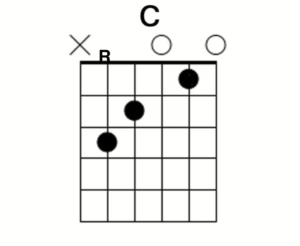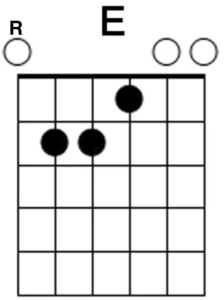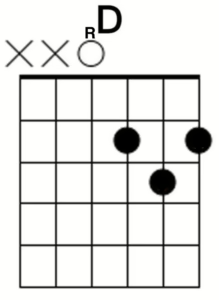Advertisement
Photos provided by Kevin Sergent
Whether we are someone just starting out on our guitar journey, or one who has been taking that journey for some time and are now at an intermediate level, or perhaps someone who is a straight up pro, it’s always a great idea from time to time to take it back to the basics. Whether the set end goal is to be a great rhythm guitarist playing open chords in front of a campfire with friends, or combining both rhythm and lead as a solo guitarist or with an ensemble, or to be a straight up shredder lead guitarist, a solid knowledge of the basic chord shapes is imperative! Notice the use of the word “shapes”. Chord shapes are movable; therefore we can place them in open position or turn them into barre chords and place them wherever needed on the fretboard. This being the case, let’s take a brief look at the basic foundational movable chord shapes: CAGED
Now that we have those specific chord shapes (CAGED) in mind, we’ll shift our focus to the lowest root note for each chord shape. We notice that the root note for the C shape falls on the 5th string. If we were to place the C shape in open position as a C chord, the exact location of its lowest root note would be 5th string 3rd fret. The next chord shape in the CAGED sequence is A. Again, the lowest root note for the A shape falls on the 5th string. When the A shape is placed in the open position as an A chord, the lowest root note is 5th string open. We can think of the C shape and the A shape as sharing the same barrack, or bunk bed because they share the same string (5th string) for their lowest root note. C would be on the top bunk, A would be on the bottom.

Let’s move on to the G and E shape. They also share the same ‘bunk bed’, and the reason for this also lies in where their lowest root notes are located. We notice that the root note for the G shape falls on the 6th string. If we were to place the G shape in open position as a G chord, the exact location of its lowest root note would be the 6th string 3rd fret. Moving on to the E shape. Again, the lowest root note for the E shape falls on the 6th string. If we are placing the E shape in open position as an E chord, the lowest root note is the 6th string open. We can think of the G shape and the E shape as sharing the same bunk bed because they share the same string (6th string) for their lowest root note. G would be on the top bunk, E would be on the bottom.


Guitar Thrills Broadcast
Now, on to the D shape. D is all by its lonesome self. It doesn’t share the string that its lowest root note falls on with anybody! We notice that the root note for the D shape is on the 4th string. When the D shape is placed in open position as a D chord, its lowest root note would be the 4th string open. Again, the D shape doesn’t share a ‘bunk bed’ with anybody; it has its own twin size bed all for itself.

Now, the power of utilizing the CAGED system comes into play when we link up these shapes across the fretboard by turning them into barre chords. Remember the C and the A shape are together in the same ‘bunk bed’. It’s also the same deal with the G and the E shape. Finally, the D shape is all by itself. In a future article we will discuss how the shapes link up.

